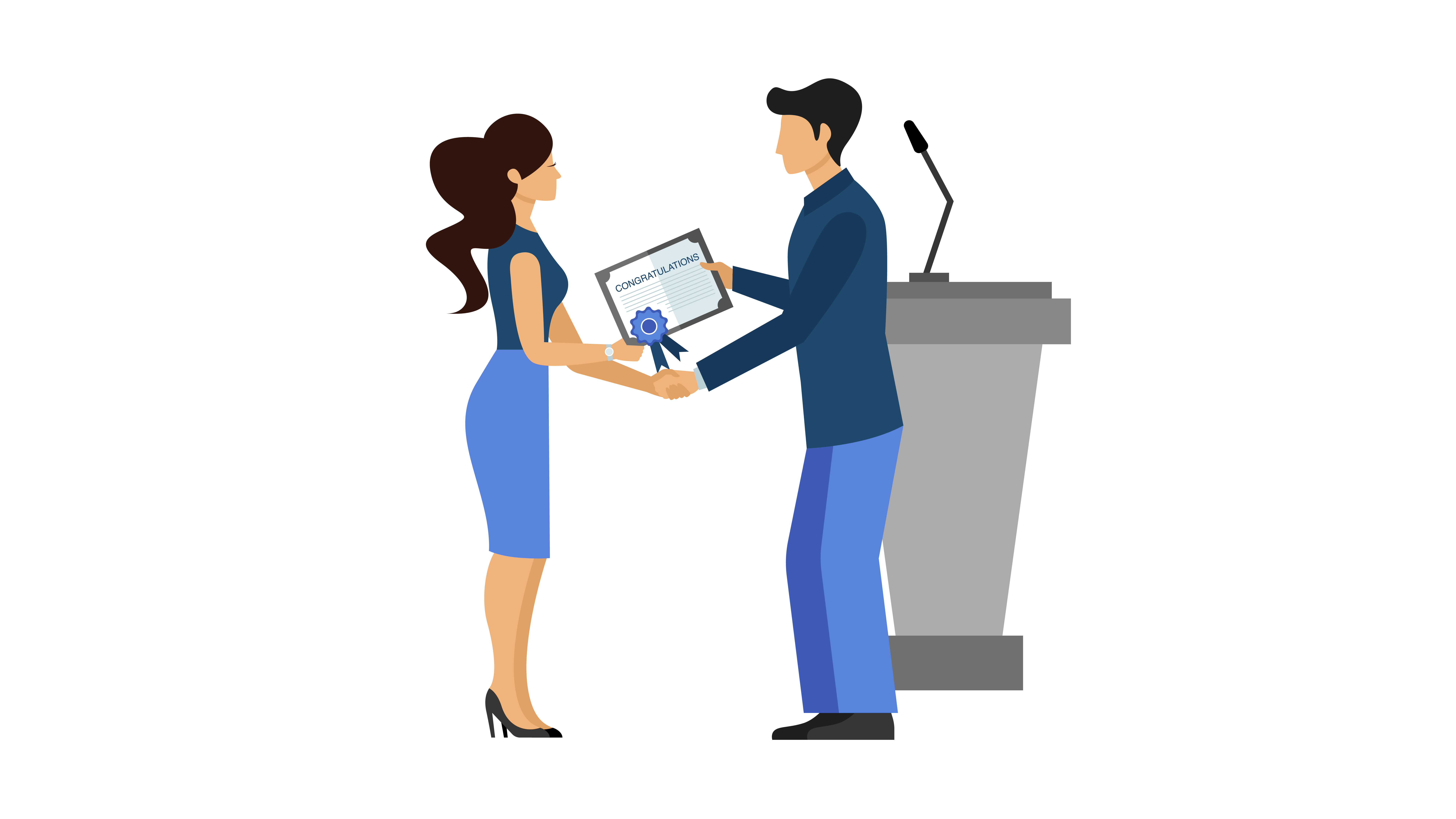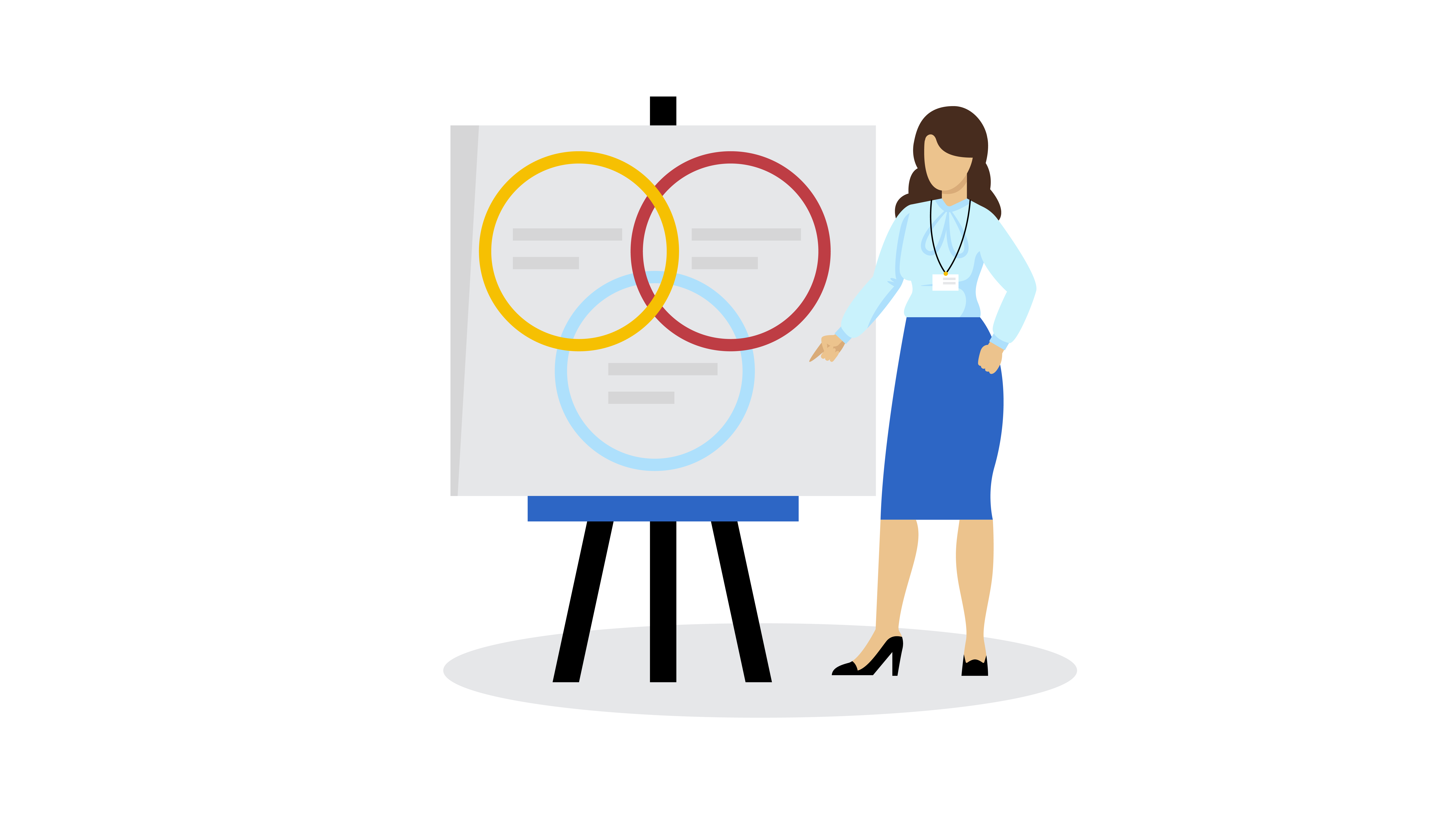All Categories
Featured
Customer data platforms (CDPs) are an essential instrument for modern businesses that want to gather, store, and manage the customer's information in one central place. The software tools provide a better and more complete understanding of the customer, which can be used to tailor marketing campaigns and personalize customer experiences. CDPs have a range of functions that include data management, data quality and formatting data. This lets customers be more compliant regarding how their data is stored, used and accessible. A CDP helps companies interact with their customers and put it at the core of their marketing initiatives. It also allows you to pull data from various APIs. This article will look at the different aspects of CDPs and how they can aid businesses.
customer data platform definition
Understanding CDPs: A client data platform (CDP) is a program that allows businesses to collect, store, and manage data about customers in one central data center. This provides a more exact and complete view of the customer. This can be used for targeted marketing and personalized customer experiences.
-
Data Governance: The ability of a CDP to protect and control the data that it incorporates is one of its key characteristic. This involves profiling, division and cleaning of data that is incoming. This ensures that the enterprise adheres to data laws and regulations.
-
Data Quality: It is vital that CDPs make sure that the information they collect is of high quality. This means ensuring that the data is accurately input and has the required specifications for quality. This reduces the costs for cleaning, transforming and storage.
-
Data formatting is a CDP can also ensure that data conforms to a predefined format. This will ensure that the certain types of data, like dates, match across customer information and that the data is entered in an orderly and consistent manner. cdp data
-
Data Segmentation The CDP allows you to segment customer data in order to better understand the different customers. This lets you test different groups against each other and obtain the right sample distribution.
-
Compliance CDP: The CDP lets organizations handle customer data in a manner that is in line with. It permits you to define security policies and classify data based on them. You can even detect the violation of policies when making decisions about marketing.
-
Platform Choice: There are a variety of kinds of CDPs to choose from, so it is important to be aware of your specific needs in order to choose the right platform. It is important to consider aspects like data privacy , as well as the ability to pull data from different APIs. cdp data
-
Putting the Customer at the Heart of Everything: A CDP permits the integration of real-time, real-time customer information, ensuring the immediacy, accuracy and unified approach that every marketing department needs to improve their operations and make their customers more engaged.
-
Chat, Billing and more: A CDP helps to locate the context for fantastic discussions, regardless of whether you're looking for billing or prior chats.
-
CMOs and big data: Sixty-one percent of CMOs think they're not making use of enough big data, as per the CMO Council. The 360-degree customer view that is provided by CDP CDP is a great approach to address this issue and allow for better customer service and marketing.
With so numerous various types of marketing technology out there each one generally with its own three-letter acronym you may question where CDPs come from. Despite the fact that CDPs are amongst today's most popular marketing tools, they're not a totally new idea. Instead, they're the most recent action in the development of how online marketers handle consumer information and client relationships (Cdp Meaning).

For a lot of marketers, the single biggest value of a CDP is its ability to sector audiences. With the abilities of a CDP, online marketers can see how a single consumer engages with their business's various brand names, and determine chances for increased customization and cross-selling. Of course, there's far more to a CDP than division.
Beyond audience segmentation, there are 3 big reasons your company may want a CDP: suppression, personalization, and insights. One of the most intriguing things online marketers can do with data is identify customers to not target. This is called suppression, and it's part of delivering genuinely individualized consumer journeys (What is Customer Data Platform). When a consumer's combined profile in your CDP includes their marketing and purchase information, you can suppress advertisements to customers who have actually already made a purchase.

With a view of every consumer's marketing interactions linked to ecommerce information, website gos to, and more, everyone throughout marketing, sales, service, and all your other groups has the chance to understand more about each consumer and deliver more customized, relevant engagement. CDPs can help online marketers address the source of much of their most significant daily marketing issues (Cdp Meaning).
When your information is detached, it's harder to comprehend your consumers and develop significant connections with them. As the variety of data sources used by marketers continues to increase, it's more crucial than ever to have a CDP as a single source of reality to bring all of it together.
An engagement CDP utilizes customer information to power real-time customization and engagement for clients on digital platforms, such as websites and mobile apps. Insights CDPs and engagement CDPs comprise most of the CDP market today. Extremely couple of CDPs include both of these functions equally. To select a CDP, your business's stakeholders need to think about whether an insights CDP or an engagement CDP would be best for your requirements, and research study the few CDP alternatives that include both. Customer Data Platform.
Redpoint GlobalLatest Posts
Compliance and Data Privacy in a CDP
The Role of CDPs in Reducing Additional Expenses for Data Management
Compliance and Data Privacy in a CDP